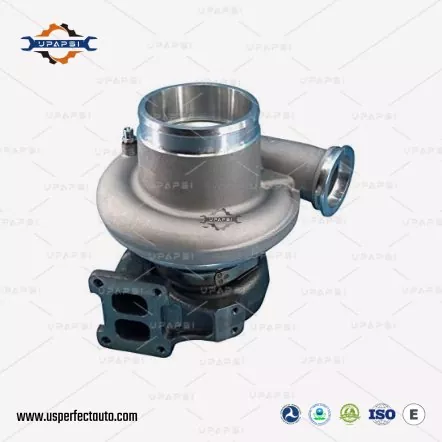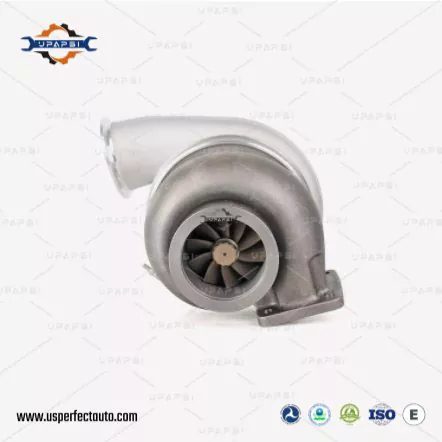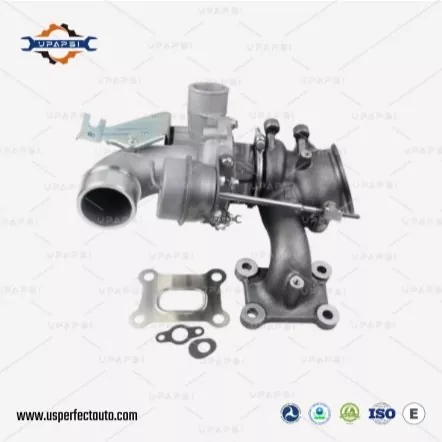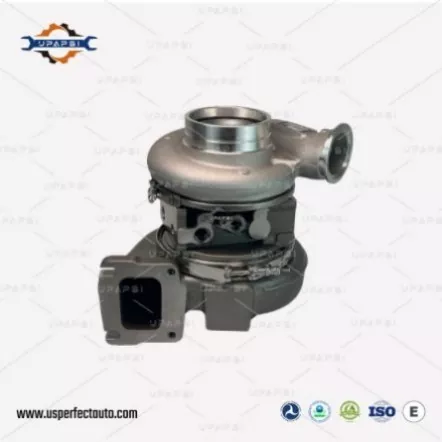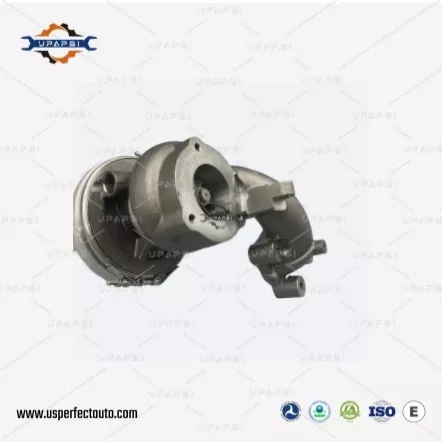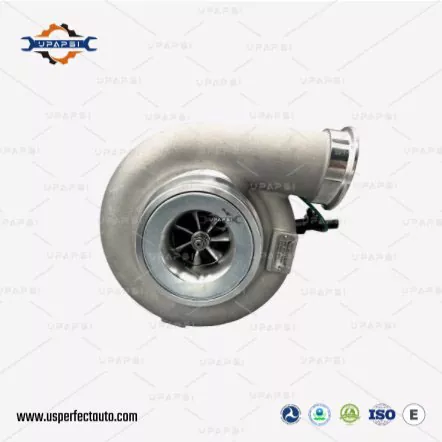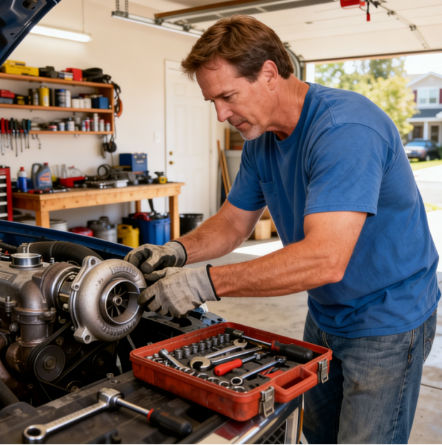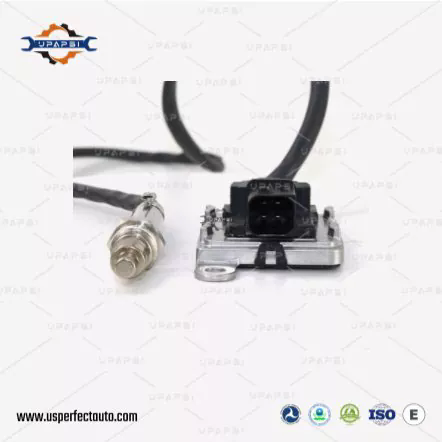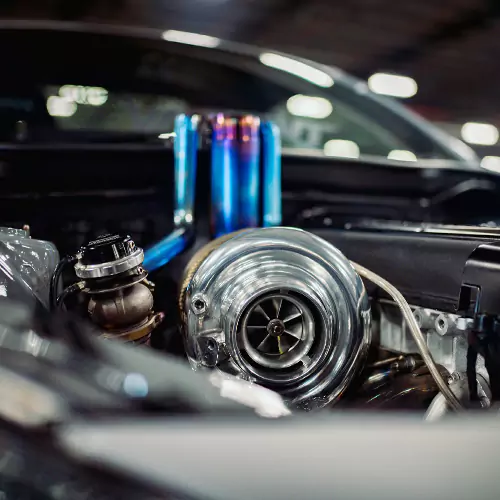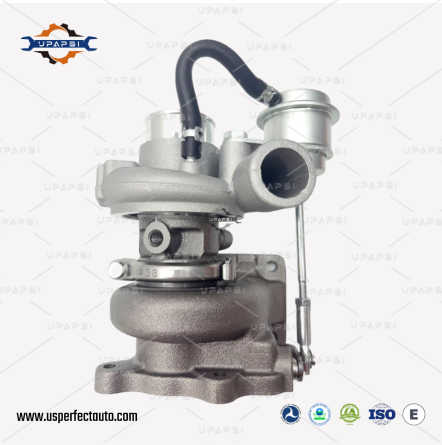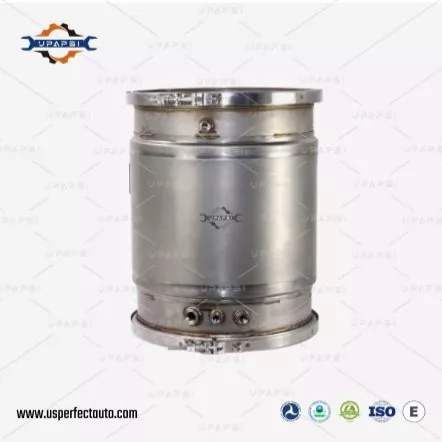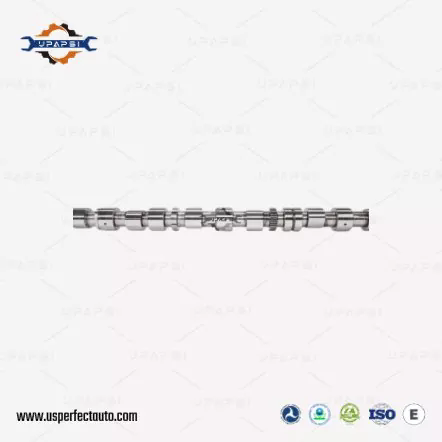Kubota Turbo: Precision, Power, and the Future of Compact Diesel Engineering
A Legacy of EfficiencyFor more than a hundred years, Kubota has always stood for what reliability and precise engineering are all about. Whether it’s those small diesel engines that keep farm gear up and running, or the compact industrial machines, this brand has always stuck to one philosophy: give you reliable power, and do it as efficiently as possible.
One of the technologies that has redefined this mission in recent decades is the Kubota Turbo system — a carefully engineered solution that amplifies performance while maintaining the company’s legendary durability and fuel economy.
Unlike performance turbos built purely for speed, Kubota’s turbochargers are designed for real-world endurance. They serve tractors, excavators, generators, and marine engines — environments that demand torque, efficiency, and long operational life.The Engineering DNA of Kubota TurboKubota’s turbocharging systems are not outsourced innovations; they are integrated into the company’s holistic engine design philosophy.
Every Kubota turbo is built around three core principles:
1. Optimized Air Management – High-efficiency compressors ensure precise air-fuel mixture, reducing emissions while improving combustion stability.
2. Thermal Resilience – Advanced turbine materials resist prolonged heat stress, maintaining output under continuous workloads.
3. System Integration – Turbos are perfectly matched with Kubota’s E-TVCS (Three Vortex Combustion System) engines, ensuring a seamless power curve.
Compared to automotive turbos, these systems usually operate at lower boost pressures—typically around 0.6 to 1.0 bar—but they put out steady torque even after thousands of hours of use. The focus here isn’t on cranking up boost aggressively; it’s on keeping reliability consistent.Balancing Power and EfficiencyWhat makes the Kubota Turbo unique is its ability to enhance both performance and fuel efficiency — two aspects traditionally at odds in diesel engineering.
By optimizing airflow and combustion, Kubota achieves:
1. Up to 20% higher torque output in compact engines
2. Reduced particulate emissions through cleaner combustion
3. Greater altitude adaptability in heavy-duty and off-road environments
This balance has positioned Kubota engines — such as the V3307-T and D1803-T series — as the gold standard in compact turbocharged diesel design.
Market Impact and Global ReachKubota’s turbo engines power a vast range of applications across the globe:
1. Agricultural tractors and combine harvesters
2. Compact excavators and loaders
3. Industrial generators and water pumps
4. Marine and auxiliary power systems
Across emerging markets globally, Kubota’s turbocharged engines are fast taking the place of traditional non-turbo engines—and the reason’s simple: they’re more fuel-efficient and live up to environmental rules.
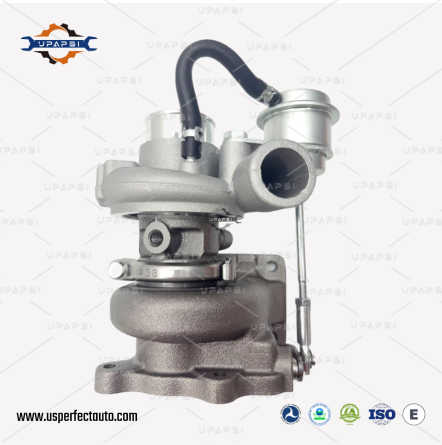
For OEM manufacturers, Kubota’s turbo engines give a reliable base—they’re easy to integrate, already certified for emissions, and can be serviced anywhere globally.Innovation Through IntegrationKubota’s turbo systems stand out because of its vertical integration approach. Instead of buying in third-party turbochargers, Kubota works closely with suppliers all the time to fine-tune the turbo units for each engine series.
This co-engineering process makes sure:
1. Precise turbine matching to combustion chamber geometry
2. Custom oil flow and cooling circuits
3. Predictable turbo response under variable load
The result is a system that behaves as if the turbo was part of the engine’s DNA — not an add-on.The Future of Kubota Turbo TechnologyAs emission rules get stricter and electrification changes how the diesel industry works, Kubota keeps updating its turbo technology.
The next generation of Kubota Turbo systems brings together:
1. Variable Geometry Turbos (VGT) for adaptive airflow control
2. Electric-assisted turbochargers to eliminate lag
3. Hybrid thermal management for optimal energy recovery
These advances aim to maintain Kubota’s reputation for low emissions and operational excellence — while preparing for hybrid and fully electric power platforms where turbo systems may serve as energy recovery devices.Kubota Turbo in the Real WorldField data from construction and agricultural operations confirm that turbocharged Kubota engines reduce fuel consumption by up to 15% under similar workloads compared to naturally aspirated counterparts.
Operators report smoother acceleration, better cold-start performance, and stronger pull under heavy loads — qualities that directly impact productivity in farming and industrial environments.
Kubota’s design also prioritizes ease of maintenance. The turbos are compact, easily accessible, and built with precision-sealed bearings to ensure long service intervals.Engineering Philosophy Meets Global ResponsibilityBeyond mechanical excellence, Kubota’s turbo strategy reflects its broader environmental vision — For Earth, For Life.
Every Kubota turbo boosts combustion efficiency and cuts down on fuel use—and that, in turn, helps industries that run on diesel power shrink their carbon footprint.
Sticking to this focus on sustainability gives Kubota a strategic upper hand, especially now that global rules are pushing harder for cleaner energy options. In this shift toward greener practices, the Kubota Turbo isn’t just a tech win—it’s also a sign that Kubota takes environmental responsibility seriously.Conclusion: Power with PurposeThe story of the Kubota Turbo is not about raw horsepower — it’s about intelligent engineering that amplifies power without compromising the planet.
From the rice fields of Japan to construction sites in North America, Kubota’s turbocharged engines deliver what matters most: reliability, efficiency, and respect for the environment.
As Kubota looks toward a hybrid future, its turbos will continue to define what precision engineering truly means — not through noise and speed, but through endurance and purpose.Recommended Image DescriptionA high-res photo of a Kubota turbocharged diesel engine being tested in a clean, up-to-date facility. The shot needs to focus on the turbocharger assembly, engine block, and fuel system—really showing off the mechanical precision and industrial craft.
- THE ULTIMATE ENCYCLOPEDIA OF TURBOCHARGER INSTALLATION
- Cummins Cylinder Head – Maximizing Power, Efficiency, and Durability for Heavy-Duty Engines
- Diesel Engine Cylinder Head – The Core of Heavy-Duty Reliability and Performance
- HX55 Turbocharger — Built for Extreme Diesel Power and Heavy-Duty Endurance
- HE400VG Turbocharger — Advanced VGT Performance for Modern Diesel Engines
- S410SX Turbocharger for Heavy-Duty Trucks: OEM vs Aftermarket Engineering Analysis


